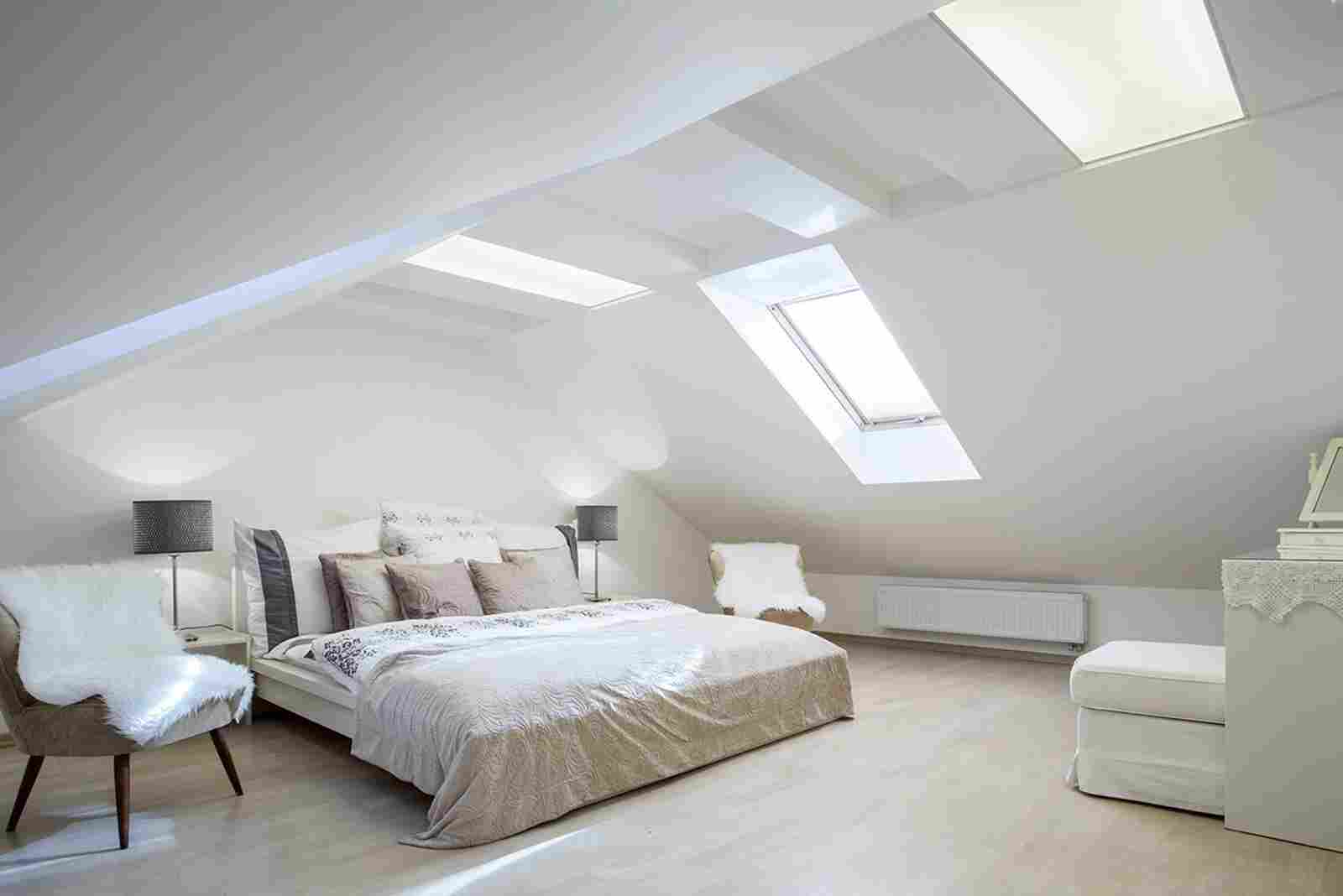3D visualization refers to the process of creating graphical content that showcases a property in three dimensions. This technique allows architects, designers, and real estate professionals to present their concepts in a more tangible way.
By leveraging advanced software tools, they can produce lifelike representations of buildings, landscapes, and interiors, significantly enhancing the planning and marketing phases of property development.
In the world of architecture and real estate, the ability to visualize a concept can make or break a project. With traditional 2D designs, clients often struggle to envision the final product.
In contrast, visualization 3D provides a clear and immersive view of the design, allowing stakeholders to make informed decisions. This approach not only streamlines the design process but also fosters collaboration among team members.
Benefits of 3D Property Visualization
One of the most significant advantages of visualization 3D is its ability to engage clients. By presenting a property in a visually compelling manner, designers can communicate their ideas more effectively.
This enhanced engagement leads to better feedback and quicker decision-making.
While the initial investment in 3D visualization technology may seem high, the long-term savings are undeniable. By identifying potential design flaws early on, stakeholders can avoid costly modifications during construction.
A comparison between traditional design and visualization 3D reveals that design revisions are typically high in traditional methods but low with 3D techniques. Additionally, misunderstandings with clients are frequent in traditional designs but rare with visualization 3D.
Marketing expenses are also significantly reduced when utilizing 3D visualization tools.
Visualization 3D accelerates the design process by enabling faster iterations and revisions. Designers can quickly produce multiple versions of a property, allowing clients to see various options without delay.
Different Techniques of 3D Visualization
3D rendering is the cornerstone of property visualization. This technique involves creating a realistic image from a 3D model. Advanced rendering software allows designers to simulate lighting, textures, and materials, resulting in stunning visuals that closely resemble the final product.
Virtual reality takes 3D visualization a step further by immersing clients in a virtual environment. Using VR headsets, clients can “walk through” a property, gaining a comprehensive understanding of the design.
This interactive experience significantly enhances client satisfaction and approval rates. Virtual reality is not just a trend; it’s revolutionizing the way we experience design.
One of the most significant advantages of visualization 3D is its ability to engage clients. By presenting a property in a visually compelling manner, designers can communicate their ideas more effectively. This enhanced engagement leads to better feedback and quicker decision-making.
While the initial investment in 3D visualization technology may seem high, the long-term savings are undeniable. By identifying potential design flaws early on, stakeholders can avoid costly modifications during construction.
A comparison between traditional design and visualization 3D reveals that design revisions are typically high in traditional methods but low with 3D techniques.
Additionally, misunderstandings with clients are frequent in traditional designs but rare with visualization 3D. Marketing expenses are also significantly reduced when utilizing 3D visualization tools.
Augmented reality blends digital elements with the real world. Clients can use AR apps on their smartphones to visualize property designs in their actual locations.
This technique is particularly useful for real estate agents, as it allows them to showcase properties without physical visits.
Case Studies: Successful Implementation
A luxury residential development project utilized visualization 3D to present its design to potential investors. By incorporating both VR and AR, the project team was able to secure funding quickly, reducing the time to market by 25%.
A commercial property renovation project faced challenges due to client misunderstandings. By introducing 3D rendering and virtual tours, the design team clarified their vision, resulting in a 30% increase in client approvals.
The Future of 3D Visualization in Real Estate
As technology continues to advance, the future of visualization 3D looks promising. Emerging trends include artificial intelligence (AI) that can analyze design choices and suggest improvements, enhancing the visualization process.
Clients will soon have the ability to modify designs in real-time during presentations. Additionally, designers will be able to simulate the environmental impact of their projects, promoting eco-friendly choices.
The integration of AI and interactive tools will change the way we approach property design forever.
Conclusion
The power of visualization 3D in shaping the future of property designs is undeniable. From enhancing client engagement to improving cost-effectiveness and efficiency, the benefits are clear.
As technology evolves, the potential for 3D visualization in real estate will only expand, revolutionizing the industry and creating new opportunities for creativity and innovation.







